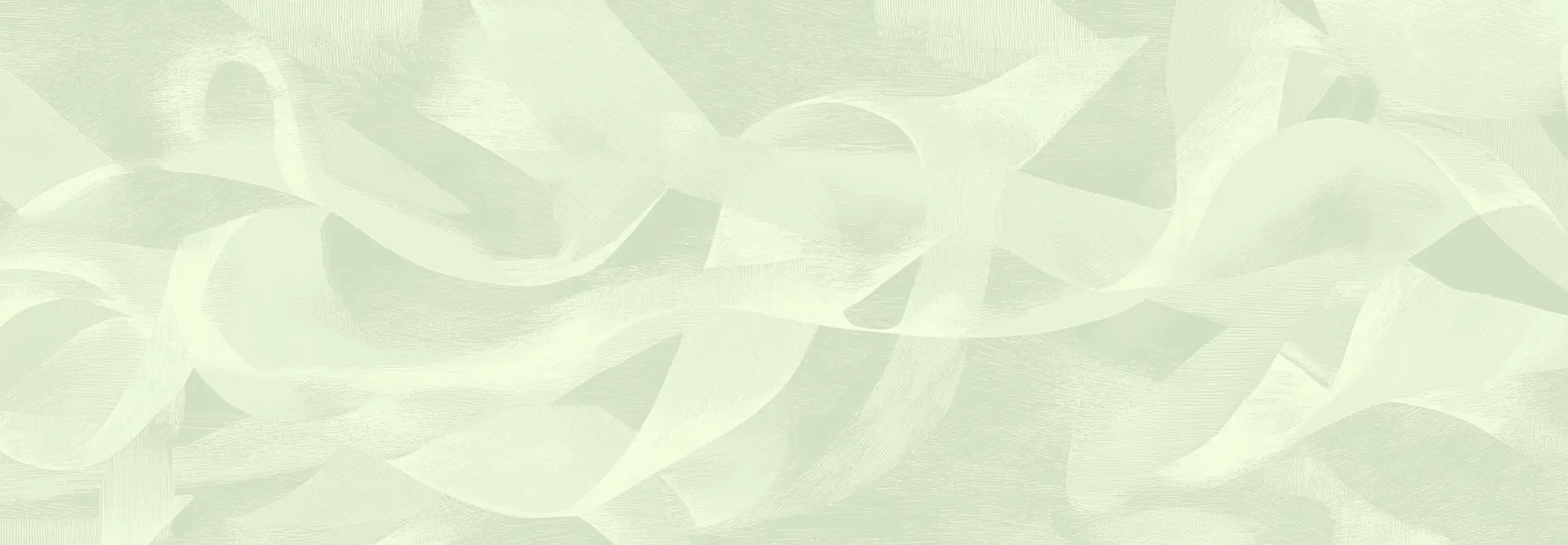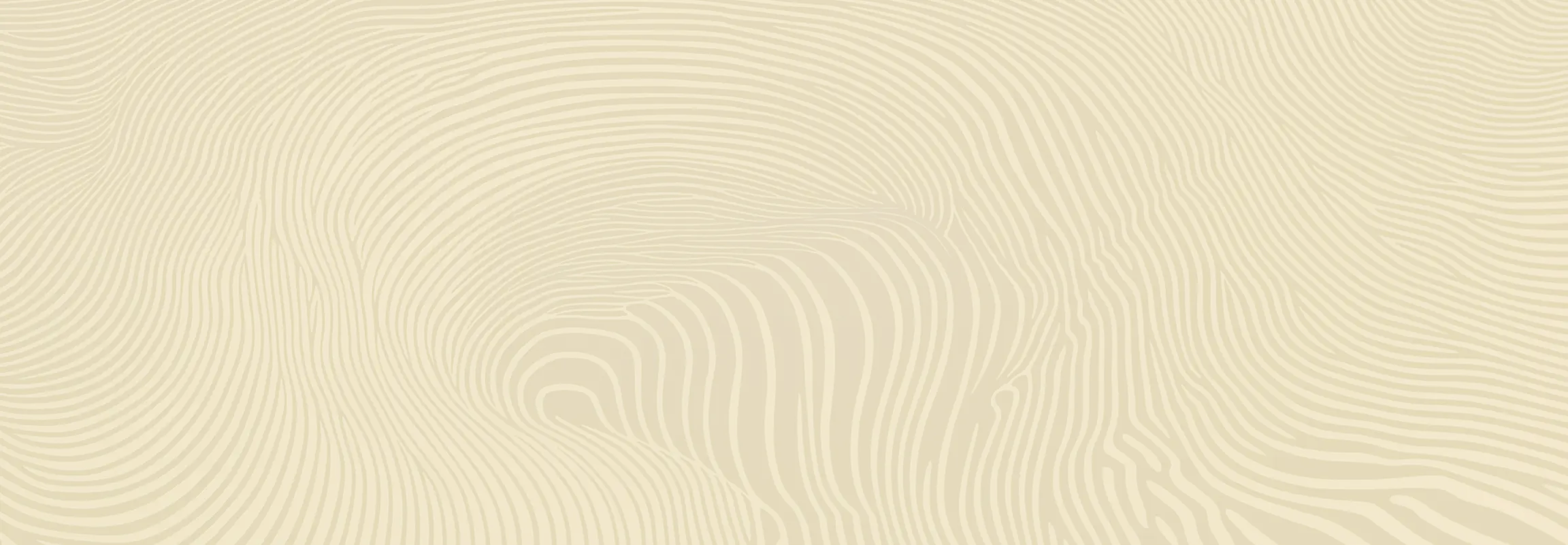Introduction
On Good Friday in 1962, an unassuming Boston University graduate student initiated one of history’s most significant psychedelic research projects. This study would come to be known as the Good Friday Experiment, and its impact continues to be felt nearly 60 years later.
Walter Norman Pahnke, a Boston University graduate student and associate researcher, crafted the experiment to discover one thing: what, if any, impact might psychedelics have on religious and spiritual beliefs? Pahnke’s project would mark one of the first and, subsequently, last major experiments utilizing psilocybin at a U.S. public university until the University of California, Berkeley opened their Center for the Science of Psychedelics in 2020.
Pahnke would gather twenty fellow students, all of whom held significant religious beliefs, and administer psilocybin. Pahnke had an interesting and controversial hypothesis. He believed that psilocybin, the hallucinogenic compound found in the psilocybe family of mushrooms (AKA Magic Mushroom), could be used to induce a meaningful spiritual experience.
This experiment would end up being a resounding success. Nearly every participant reported having some sort of mystical or divine experience. Some participants, such as religious scholar Huston Smith, would describe the event as “the most powerful cosmic homecoming I have ever experienced.” (1)
Keep Up with Uncensored Psychedelic Trends
Join our newsletter at Psychedelics Uncensored.
We respect and protect your privacy. By subscribing your info will be subject to our privacy policy . Unsubscribe easily at any time
Revisiting the famous “Good Friday Experiment”
In 1991, an up-and-coming rock star in the psychedelic research community took a second look at Pahnke’s research. Who was this inquisitive soul? None other than drug reform activist, founder, and current Executive Director of the Multidisciplinary Association of Psychedelic Studies (MAPS), Rick Doblin, Ph.D.
Doblin’s follow-up research study, “Pahnke’s ’Good Friday Experiment: A Long-Term Follow-Up and Methodological Critique,” is a 25-year review of Dr. Pahnke’s experiment. In 1987, Rick Doblin completed an undergraduate thesis at the New College of Florida, reexamining Pahnke’s work. It would be published in The Journal of Transpersonal Psychology four years later, and would become one of the most prominent scientific studies in the area of psychedelic substances and mysticism.(2)
Doblin administered interviews and questionnaires to most of the participants of the Good Friday experiment of 1962. He completed a long-term follow-up, found new information, and offered an analysis of the original research paper, including its strengths and limitations.(3)
About the 1962 “Good Friday Experiment”
On Good Friday, 1962, 20 participants were divided into two groups, all self-identified Protestants and members of the same divinity program. The treatment group received 30 milligrams of psilocybin, while the control group received an active placebo pill with niacin (vitamin B3). As described above, the study was primarily led by Walter Pahnke. However, there was another controversial and well-known member of the research team, Dr. Timothy Leary, principal academic advisor at Harvard University.
Keep Up with Psychedelic Trends
Get uncensored psychedelic news, events, and updates. Join Psychedelics Uncensored!
We respect and protect your privacy. By subscribing your info will be subject to our privacy policy . Unsubscribe easily at any time
All 20 participants were students at the same theological school and received several psychological and physical tests as part of the experiment. Pahnke used three different methods and designed a questionnaire with eight categories of mystical experiences. Those categories were an integral part of the overall experiment and would go on to be used by other researchers decades after the conclusion of Pahnke’s experiment.(1)
The Categories were:
Pahnke believed that taking psychedelic medicine in a religious setting during the Good Friday sermon would be the most conducive environment for the experiment. He also thought the experiment would lead to long-term positive changes in attitude and behavior. Specially-trained assistants monitored the participants and provided emotional support during the experiment.
The volunteers were interviewed and completed a 147-item questionnaire right after the experiment, and a second questionnaire at the six-month follow-up. Pahnke used all the data to create a score.
Pahnke’s original study concluded that the participants who received the psychedelic drug experienced “the phenomena described by our typology of mysticism” to a greater extent than did the control group. This simply means that Pahnke’s thesis (that psilocybin could facilitate heightened mystical experiences) appeared true.
A 6-month follow-up revealed that the participants in the treatment group continued to believe they’d had a mystical experience. Furthermore, they felt that this event played a role in their lives, career, and how they interpreted their faith.
Unfortunately, Pahnke died in 1971, and a significant part of his work was lost. Researchers were unable to conduct further studies to replicate or revise the Pahnke experiment in any way for 25 years due to controversy and the legal prohibition of psilocybin.
Doblin’s Follow-Up Study Methodology
In 1987, Rick Doblin began four years of research, reaching out to most of the individuals from the 1962 study. According to Doblin, the goal of this research paper was to advance scientific knowledge related to psychedelic substances and experimental mysticism.
Although the raw data of the original research was lost, Doblin was able to track down 19 of the 20 participants from the 1962 study. He taped personal interviews with 16 of them, nine from the control group and seven from the experimental (treatment) group. Doblin also asked the participants to complete the questionnaire used in the original study. In addition to this long-term follow-up of the original study, Doblin revealed new information and provided an analysis and critique of the Pahnke experiment. Rick Doblin is the only author of this long-term follow-up study.
Results of Doblin’s Follow-Up Study
Doblin’s results were published four years later, in 1991. They would prove that psilocybin can indeed facilitate mystical experiences in spiritually inclined people in a religious setting. According to Doblin, every subject who took psilocybin during the 1962 study felt a genuine mystical experience. Additionally, this experience led to persistent positive changes in their attitude and behavior with virtually no reports of negative changes.
Doblin noted some limitations of the original study. For example, Pahnke designed the questionnaire to measure the mystical experience, as no similar questionnaires were available at the time. The study also lost the double-blind design during the Good Friday service, as participants could feel the drug’s impact or lack thereof.
This was due to using niacin in the control group in Pahnke’s original study. Niacin only has an active half-life of 20 to 45 minutes, whereas psilocybin is active for several hours. This led to the psilocybin group being easily identified, as their experience continued to intensify over several hours, long after the niacin group had ceased feeling any effects. Furthermore, niacin is not psychoactive. It primarily causes an individual to become flushed at certain doses.(2)
As a result, the researchers concluded it wasn’t possible to fully evaluate the relative contributions of the psychedelic drug and suggestions in the experiences reported by the participants. Furthermore, Doblin found some data that Pahnke did not publish. One of the participants who took psilocybin also received a drug called Thorazine, which is classified as an antipsychotic drug.
Additionally, Pahnke did not provide full disclosure when describing the emotional struggles felt by the participants in the psilocybin group. As a result, the interpretation of psilocybin’s effects was incomplete.
Doblin reviewed other research papers evaluating the safety of psychedelics in human studies. These studies found that panic reactions and side effects associated with these psychedelic treatments were extremely rare.
Psilocybin Use May Lead to Mystical Experiences, and Improved Mental Health Symptoms
Psilocybin is a hallucinogenic compound found in many members of the psilocybe family of mushrooms growing in Europe, Mexico, the United States, and South America. Also known as magic mushrooms, these unassuming fungi have a long history of use in various religions and rituals. South American Aztecs called them “teonanácatl,” or God’s flesh. Other South American indigenous groups, such as Maria Sabina’s Mazatec people, have been using psilocybin mushrooms as part of their religious and medicinal practices for over 2000 years (that we know of).(3)
After decades of legal prohibition, psilocybin is experiencing a “renaissance.” The potent psychedelic medicine has become a key component for research into novel medicinal treatments for various conditions, such as post-traumatic stress disorder (PTSD), treatment-resistant depression (TRD), and even addiction.
As a therapeutic agent, psilocybin has shown significant promise in improving mental illnesses, cognition, and well-being. Several FDA-approved clinical studies conducted in the last 15 years suggest a potential medical value for psilocybin-assisted psychotherapy. A 2022 systematic review of scientific literature found some evidence that psychedelics may create mystical experiences. Interestingly, mystical experience may play a role in the treatment outcomes because this experience seems to correlate with improved mental and emotional symptoms.(4, 5)
Mystical experiences include:(5, 6)
- Oceanic boundlessness is described as “the boundlessness of self and/or feeling of being one with the universe.” It involves feelings and emotions like insight, a blissful state, an experience of unity, and a spiritual experience.
- Universal interconnectedness.
- Ego dissolution, or in other words, a decrease or loss of the sense of personal identity.
- Transcendence of time and space.
- An increased belief in panpsychism (believing that there is universal consciousness or that the Universe itself is conscious).
Potential Impact of the Study
Overall, the follow-up study by Rick Doblin confirms the findings of the famous “Good Friday Experiment”: that psilocybin can facilitate mystical experiences in religiously inclined people. The participants of the 1962 study felt a genuine mystical experience at that time, which led to persistent and positive changes in their attitudes and behavior. When used as a therapeutic drug, psilocybin also appears to have a good safety profile, with very rare adverse reactions.
As a psychoactive substance, psilocybin is controlled internationally under the United Nations Drug Control Conventions, the Controlled Substances Act in the United States, and, in Canada, under the Controlled Drugs and Substances Act (CDSA).(7)
Despite decades separating today’s scientists from Pahnke, his research continues to spread ripples throughout the psychedelic community. Other researchers, such as Rick Strassman, Sandeep Nayak, and Leor Roseman, continue to delve into the manifold mysteries of psychedelic medicine and its potential to help humanity heal, expand our awareness, spark creativity, and bring us together. New research may also help confirm Pahnke’s hypothesis that psychedelics can deepen one’s spiritual connection with whatever constitutes your idea of the “divine” while inspiring growth and long-lasting positive change.
Sources

1. Recollections of the Good Friday Experiment: An interview with Huston Smith. Roberts, Thomas B; Jesse, Robert N. The Journal of Transpersonal Psychology; Palo Alto, Calif. Vol. 29, Iss. 2, (Jan 1, 1997): 99. https://www.proquest.com/openview/d05d7b64fd284524ffea9ae14c70eb9a/1?pq-origsite=gscholar&cbl=1816469
2. Multidisciplinary Association for Psychedelic Substances (MAPS, 2016): Pahnke’s ‘Good Friday Experiment’: A Long-Term Follow-Up and Methodological Critique, https://maps.org/2006/11/13/good-friday-drugs-mysticism/
3. Doblin, R (1991). “Pahnke’s ’Good Friday Experiment’: A Long-Term Follow-Up and Methodological Critique” The Journal of Transpersonal Psychology, Vol. 23, No.1. https://maps.org/research-archive/cluster/psilo-lsd/goodfriday.pdf
4. Nichols, D.E. (2020). Psilocybin: from ancient magic to modern medicine. The Journal of Antibiotics https://pubmed.ncbi.nlm.nih.gov/32398764/
5. Ko,K.,Knight, G., Rucker, J.J.,Cleare A.J.(2022) Psychedelics, Mystical Experience, and Therapeutic Efficacy: A Systematic Review. Frontiers in Psychiatry, https://www.ncbi.nlm.nih.gov/pmc/articles/PMC9340494/
6. Nayak SM, Singh M, Yaden DB, Griffiths RR. Belief changes associated with psychedelic use. Journal of Psychopharmacology. 2023;37(1):80-92. doi:10.1177/02698811221131989. https://journals.sagepub.com/doi/abs/10.1177/02698811221131989?journalCode=jopa
7. Government of Canada: Psilocybin and psilocin (Magic mushrooms) https://www.canada.ca/en/health-canada/services/substance-use/controlled-illegal-drugs/magic-mushrooms.html
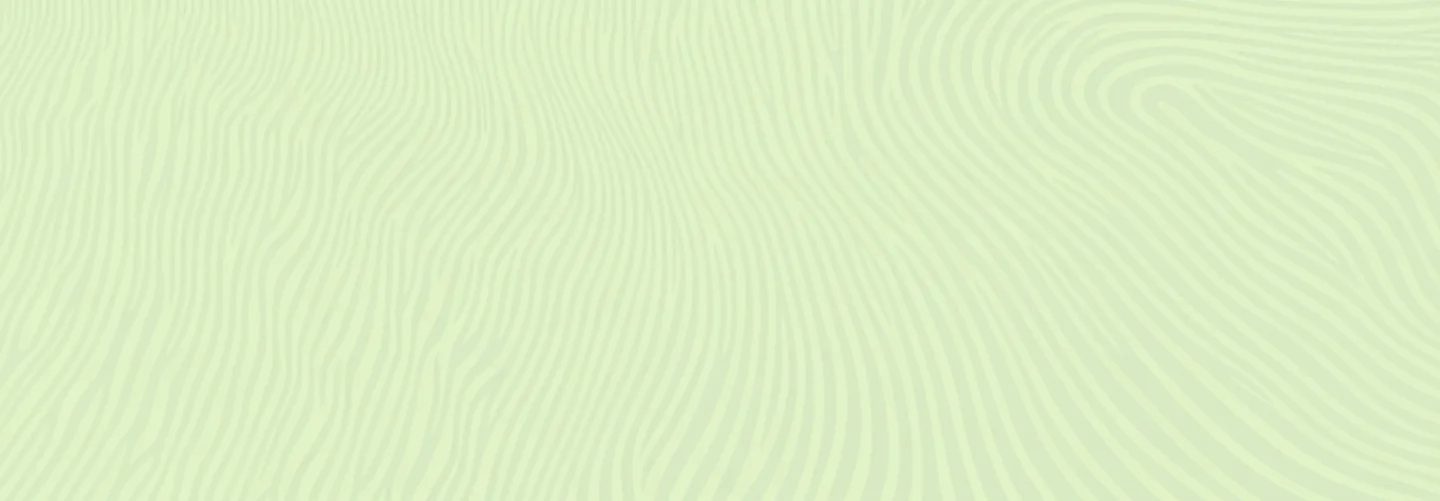
 Brindusa Vanta, MD, DHMHS
Brindusa Vanta, MD, DHMHS Erin L. George, MFT
Erin L. George, MFT
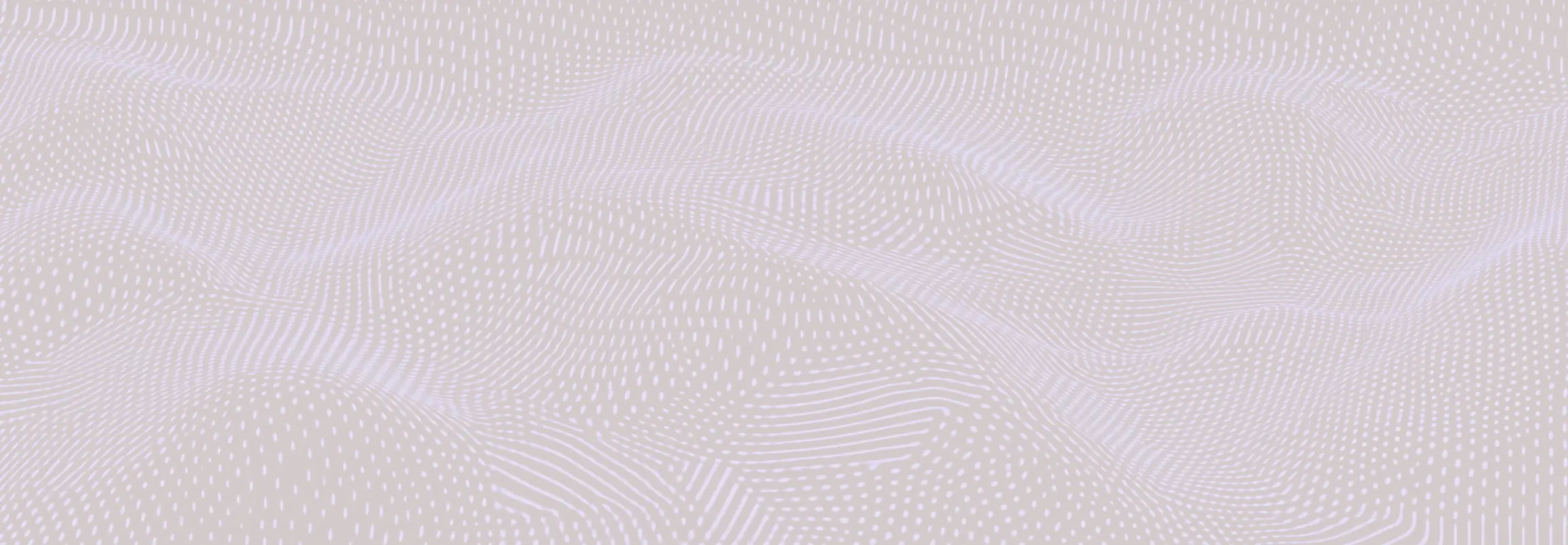
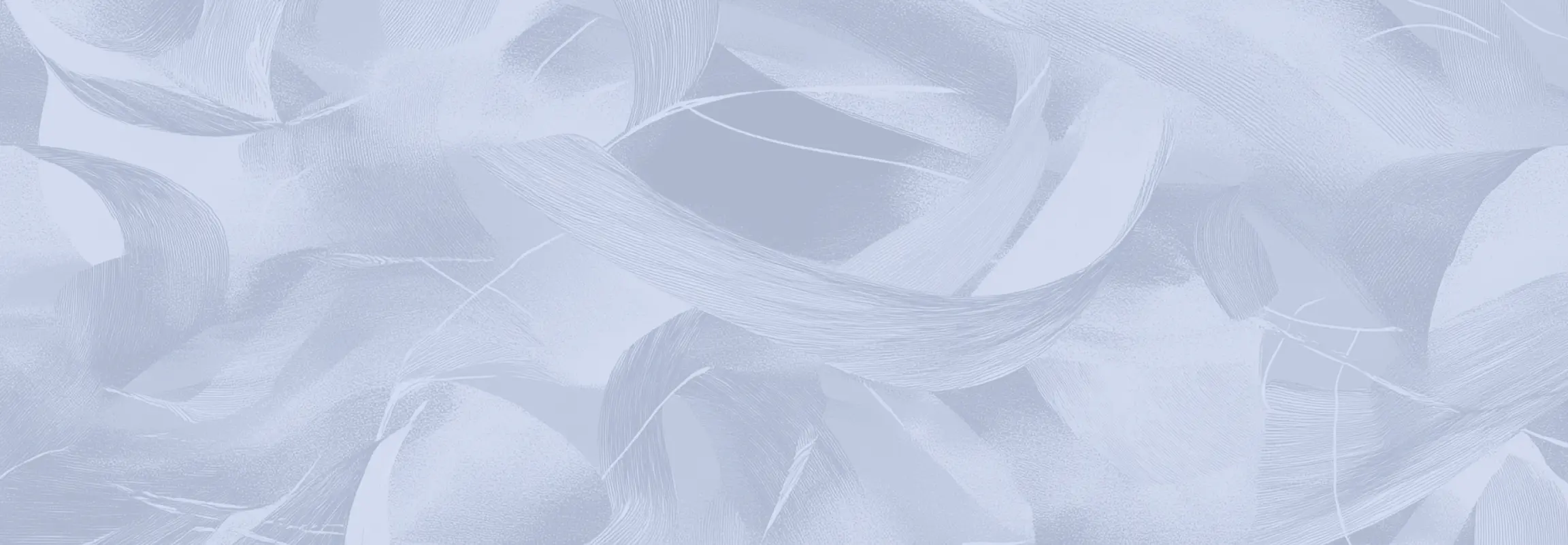

 Anne Hixon
Anne Hixon David Connell
David Connell Imogen Sharma
Imogen Sharma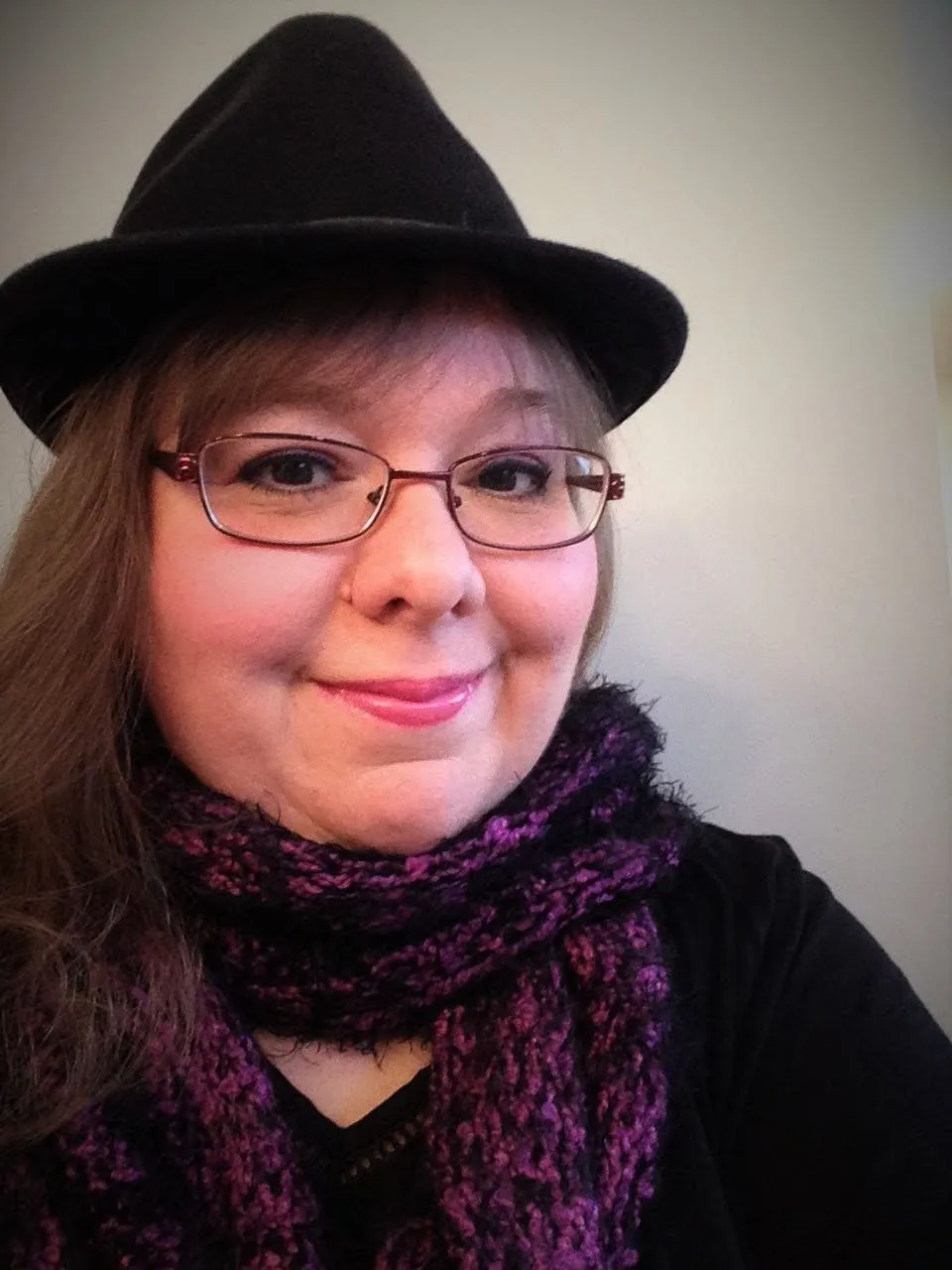 Lisa A. Koosis
Lisa A. Koosis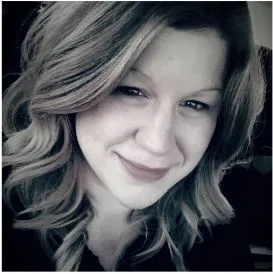 Alana Luna
Alana Luna